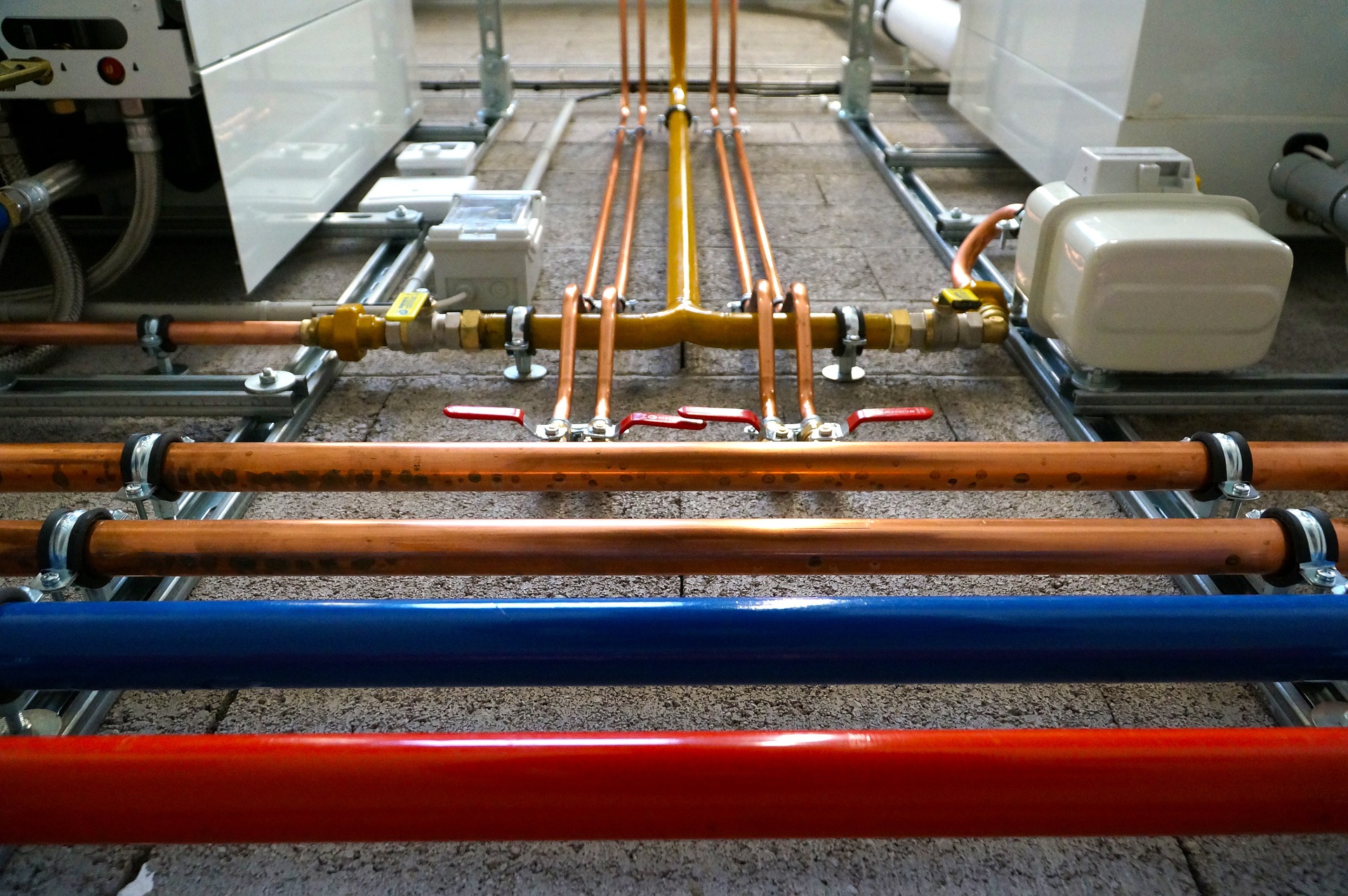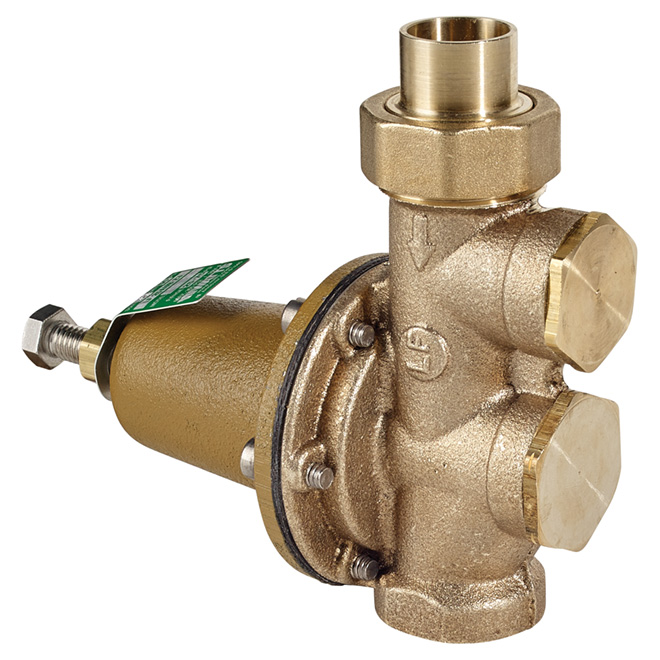Image source: www.rona.ca
If you’ve recently moved into a new home or are just starting to learn about plumbing, then you may have heard of pressure reducing valves. These devices are responsible for regulating water pressure and preventing too much pressure from damaging pipes, fixtures, and appliances. However, if you’re not familiar with how they work, you may have some questions about setting them up and ensuring that they function properly. This blog post will explore some common pressure reducing valve setup questions and provide answers to help you better understand this important plumbing component.
What is a pressure reducing valve, and why do I need one?
A pressure reducing valve (PRV) is a device installed in your home’s plumbing system that helps regulate the water pressure coming from your municipal water supply. In most cases, the water pressure coming into homes can be much higher than necessary, which can damage pipes, fixtures, and appliances. A PRV reduces the incoming water pressure, preventing damage and increasing the lifespan of your plumbing system.

How do I know if I need a PRV?
Your local building codes may require that a PRV be installed on your home’s plumbing system. In addition, if you are experiencing high water pressure, banging pipes, or leaking fixtures, then your plumber may recommend installing a PRV to regulate the water pressure and prevent damage to your plumbing system.
Where should the PRV be installed?
The PRV should be installed near the main shut-off valve, usually at or near the point where the water supply enters your home. This location ensures that the valve can effectively regulate the water pressure throughout your home’s plumbing system.
What should I consider when choosing a PRV?
When selecting a PRV, there are several factors to consider, including:
– The maximum water pressure your home’s plumbing system can handle
– The size of your home’s plumbing pipes
– The water pressure provided by your local water supplier
– The flow rate needed to supply your home’s plumbing fixtures and appliances
– The material and construction of the PRV

A licensed plumber can help you select the right PRV for your home’s plumbing system.
How do I install the PRV?
Installing a PRV requires a licensed plumber, as it involves advanced plumbing knowledge and skills. Your plumber will first shut off the water supply to your home, then remove a section of piping and install the PRV in its place. The installation process can vary depending on the type and model of PRV chosen, so it’s important to have a licensed plumber handle the job.
How do I maintain the PRV?
Most PRVs require little to no maintenance; however, it’s important to have a licensed plumber check the valve periodically to ensure that it is functioning properly. Your plumber may need to adjust the valve settings or replace the valve if it becomes damaged or worn over time.
Conclusion
A pressure reducing valve is an important component of your home’s plumbing system, as it regulates the water pressure and prevents damage to your pipes, fixtures, and appliances. If you’re in need of a PRV, consult with a licensed plumber who can assist you in selecting the right valve for your home’s plumbing system and handle the installation process. Keeping your PRV properly maintained can help extend the lifespan of your plumbing system and prevent costly repairs down the road. For all your plumbing needs, contact Ace Plumbing Repair at (844) 711-1590 or visit our site at aceplumbingrepair.com.






